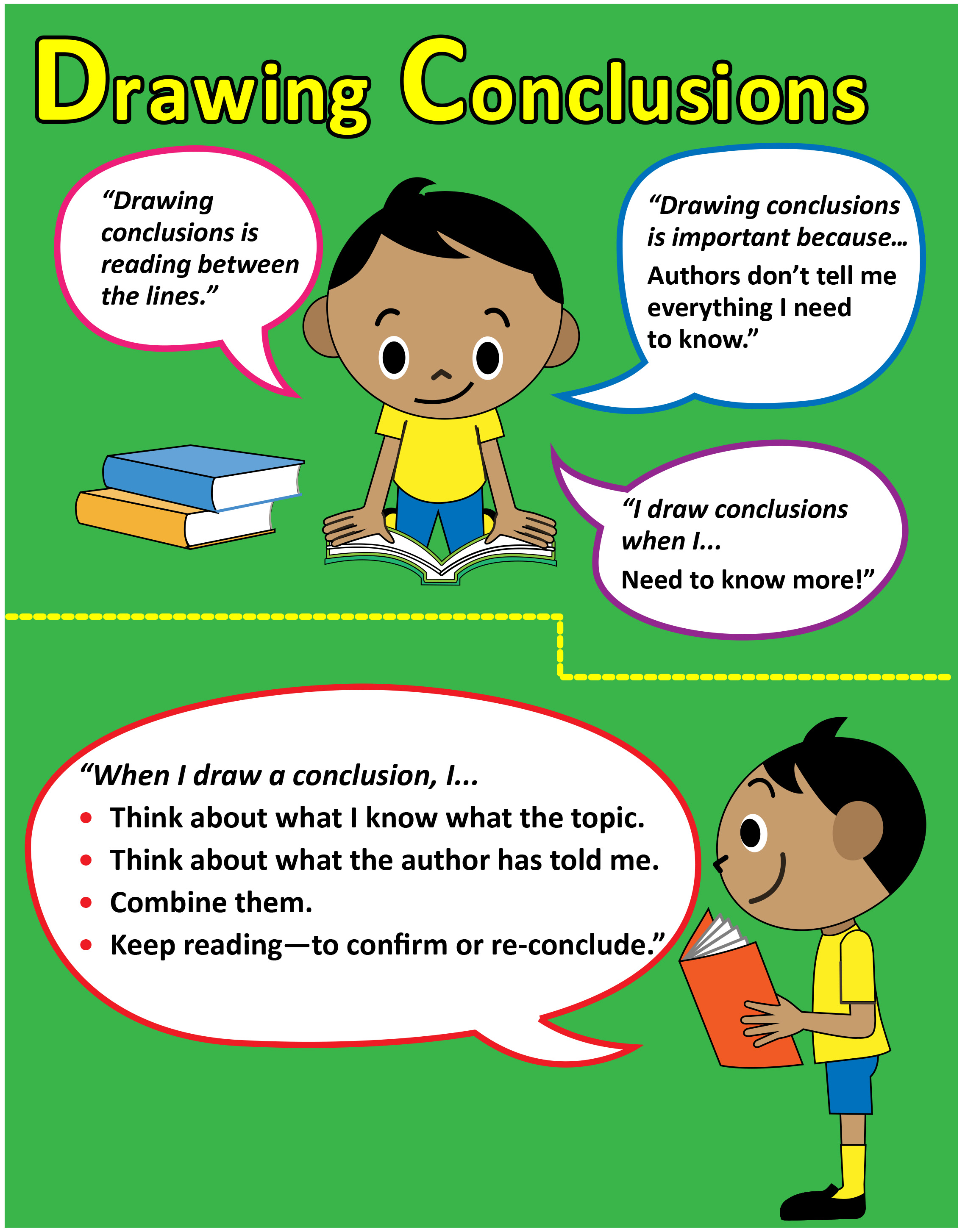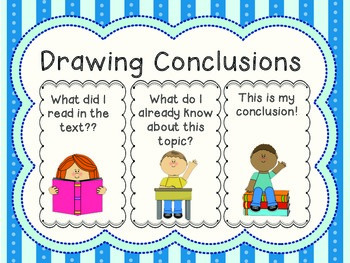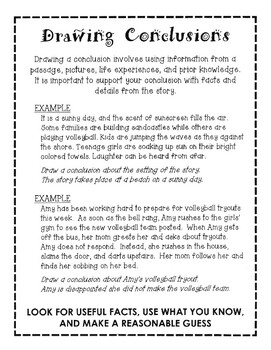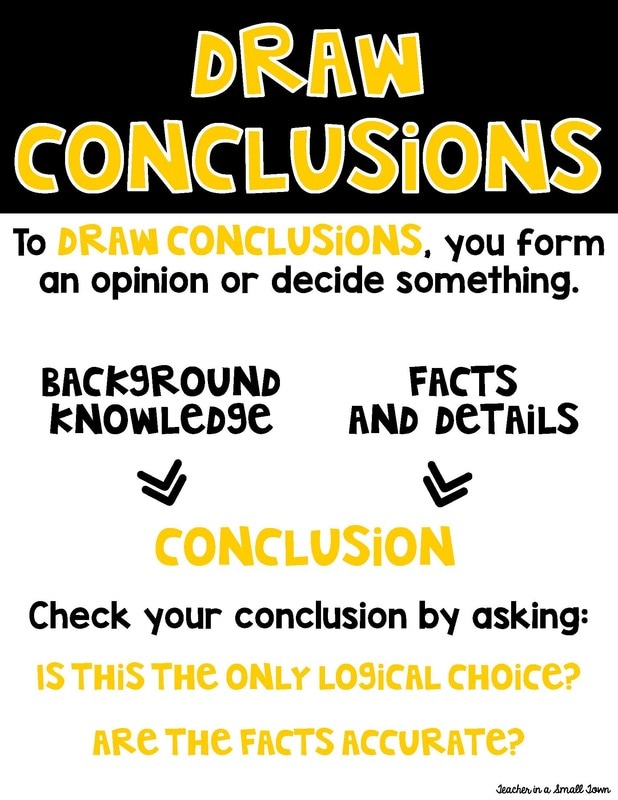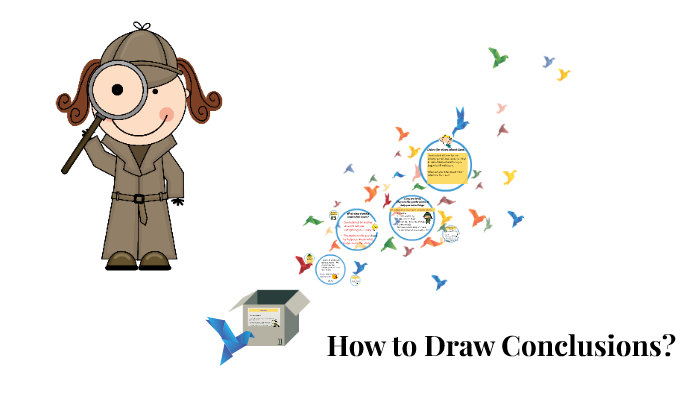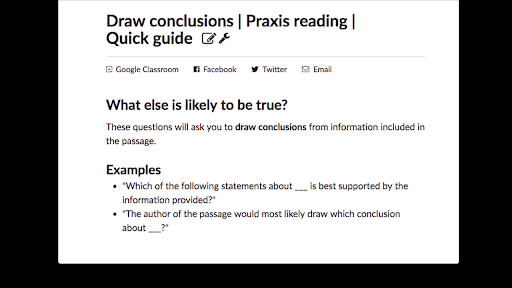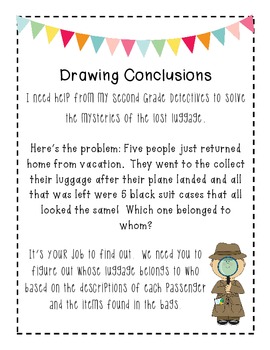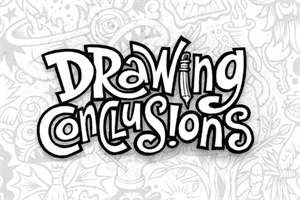Best Tips About How To Draw Conclusions

Refer to your experiment's hypothesis.
How to draw conclusions. How to write a conclusion 1. To test the validity of your conclusions, you will have to review. An effective conclusion brings the reader back to the main point, reminding the reader of the.
The details provided or implied in the text the reader's prior knowledge and experiences writers. A histogram) and finding relevant statistics (e.g. When you consider the results you can draw conclusions based on them.
Oftentimes, authors leave clues for the reader that can help you figure out certain information. Analyze the data, doing any computations or graphs necessary to. Guidelines for students to write a memoir examples of direct and indirect characterization whether you’re reading a novel, short story, flash fiction piece, newspaper article or anything.
Examine the results of your experiment. To draw conclusions, we first must collect the relevant data and perform statistical analyses such as creating visualizations of the data (e.g. How do you draw conclusions in research findings?
In this video, you will be able to learn how to draw conclusions.let's learn, play, and grow. Drawing conclusions is an example of reading comprehension skills, if you can draw conclusions from what what you read. The meaning of draw a conclusion is to make a judgment or judgments.
To draw a conclusion about a piece of writing, a reader must consider two things: These are less neutral as you are putting your interpretation on the results and thus introducing a. In formal logic, the premises “if a then b” and “not b” necessarily lead to the conclusion “not a.” if a is the theory and b is the hypothesis (“if a then b”), then disconfirming the hypothesis.
